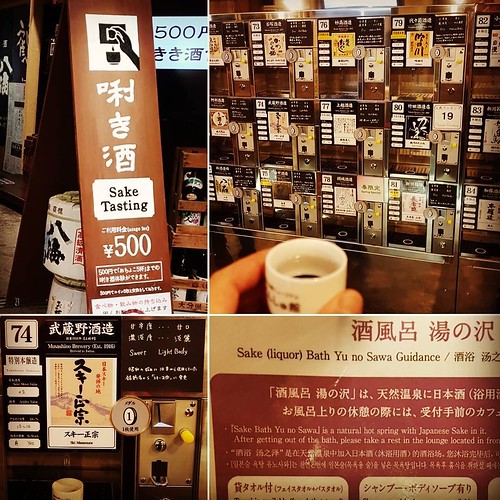tagged at the N-terminus either with an HA epitope or even a His tag, respectively. Lastly, pET28 carries the ColE1 origin of replication plus the kanamycin resistance gene (Kmr) and is made use of for individual expression of SUMOylation target proteins.
(B) Evaluation of recombinant protein expression by Coomassie Blue staining of SDS-PAGE gels. Equal amount of protein (30 g) was loaded in every single lane. Samples correspond to the soluble fraction of E. coli BL21 (DE3) host cells transformed with all the empty vector pACYCDuet-1 (lanes 1 and two),pACYCDuet-1TbE1a-TbE1b (lane 3 and 4), pCDFDuet-1 (lane 5 and six), pCDFDuet-1-TbSUMO-TbE2 (lane 7 and eight), or with all the full SUMOylation technique (lane 9) and induced (I) or not (UI) for protein expression in the course of 5 hr at 37 making use of 1mM IPTG. The predicted molecular masses of the recombinant proteins (which includes tags) are: 14 kDa for TbSUMO, 28 kDa for TbE2, 40 kDa for TbE1a and 97 kDa for TbE1b. Recombinant proteins are marked with an asterisk in the figure and labeled with an arrowhead in the suitable with the gel. (C)  Immunoblot detection on the recombinant proteins was performed on the very same samples utilizing antiHA antibodies for TbSUMO and anti-His antibodies for TbE2 and TbE1a.
Immunoblot detection on the recombinant proteins was performed on the very same samples utilizing antiHA antibodies for TbSUMO and anti-His antibodies for TbE2 and TbE1a.
TbSUMO chain formation. (A) Anti-HA 503468-95-9 Western blot evaluation of soluble cell extracts from induced cultures of E. coli transformed with only one particular plasmid pCDFDuet-1-TbSUMO-TbE2; pACYCDuet-1-TbE1a-TbE1b or each pCDFDuet-1-TbSUMO-TbE2 and pACYCDuet-1-TbE1a-TbE1b. Distinctive exposure instances had been made use of to evidence the SUMO ladder which was observed in the shorter instances even though a much more complicated pattern was obtained with longer periods of exposure. TbSUMO monomer, dimers, trimers and multimers are indicated. (B) 10205015 Western blot analysis of SUMO pattern performed on soluble cell extracts from an incomplete (lanes 1 and 2) or possibly a total bacterial SUMOylation program (lane 3) making use of a Lys deficient version of SUMO (TbSUMO K9R). Note the comprehensive absence of SUMO conjugates implying the absence or artificial SUMOylation of bacterial proteins.
We validated the functionality with the “in bacteria” T. brucei SUMOylation program introducing the third vector which directs the expression of a well-established target of SUMO, the proliferating cell nuclear antigen (PCNA) from Saccharomyces cerevisiae (see beneath) and from T. brucei (S3 Fig), fused to a triflag epitope in the C-terminus. Protein expression was induced with 1 mM IPTG at 37 for five hr, and cell lysates were analyzed by Western blot working with antiFlag antibodies. ScPCNA may be obtained with high yield and appears as a single band using the anticipated size when expressed alone in E. coli (Fig 3A, lane 1). Having said that, when co-expressed with TbSUMO, TbE1a/TbE1b and TbE2 enzymes, two extra slower-migrating bands may be detected (Fig 3A, lane 4). These bands had been not visible when ScPCNA was co-expressed with all the partially reconstituted system, which had been applied as negative controls (Fig 3A, lane two and 3). Extra controls are shown in S2 Fig. The SUMOylation pattern of ScPCNA has been extensively studied [23]. Two lysine residues have been unambiguously identified as SUMO targets (K127 and K164), while some other/s lysine residue/s seem also to become modified by SUMO but were not identified by mutational evaluation to date. To evaluate our SUMOylation pattern with these observations we independently mutated the K127 or K164 to arginine, and analyzed the alterations within the ScPCNA pattern by Western blot evaluation employing anti-Flag antibodies. As shown in